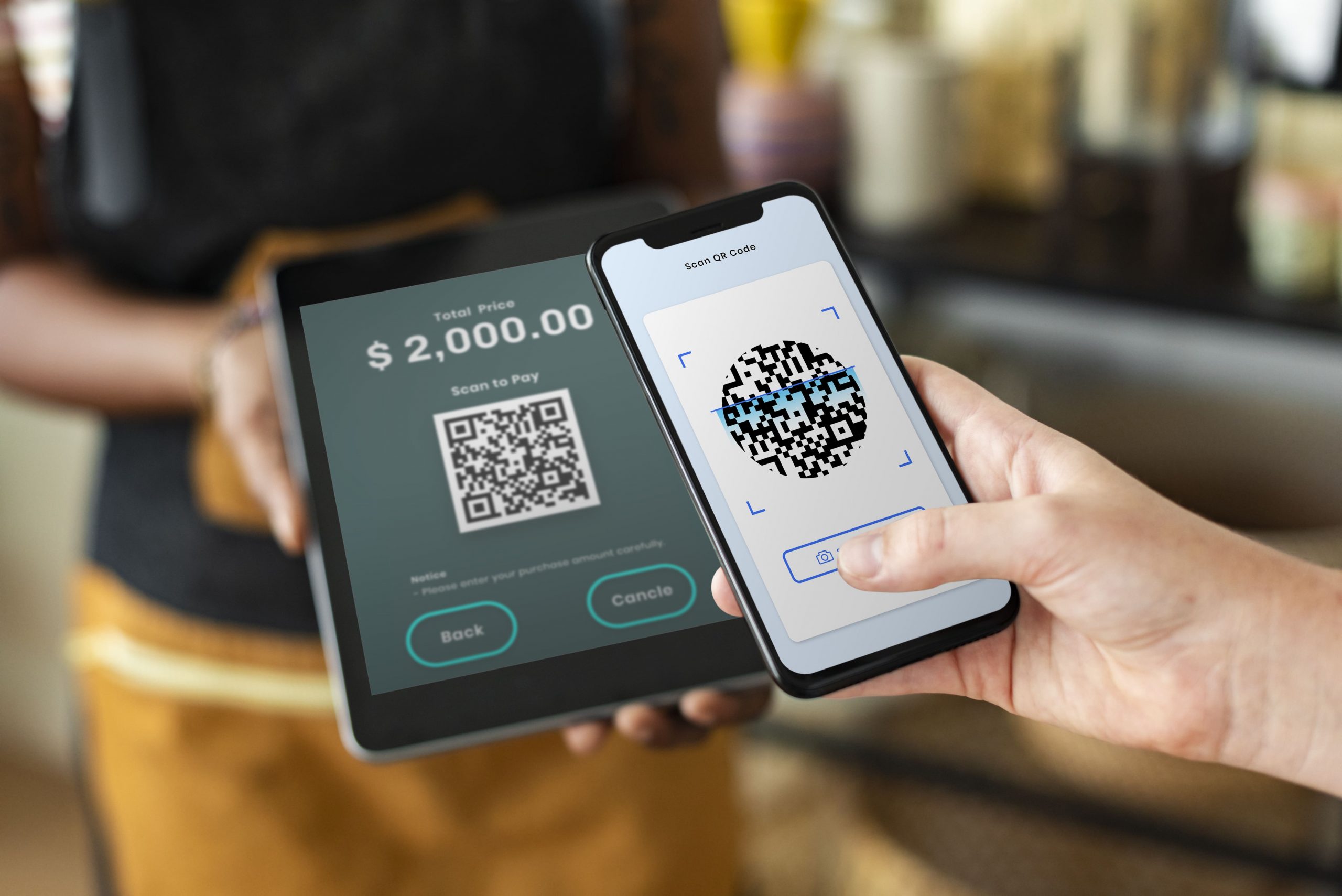The rapid developments in financial technology over the past few years have changed the way financial services are consumed across different economies and altered the perception of banking and finance. With its transformative agenda, technology has enhanced effectiveness, fast-tracked adoption, and simplified various banking practices. The combination of business and financial technology has also given rise to new innovative models. A case in point is the rise of Buy Now Pay Later (BNPL) schemes infiltrating the global financial landscape.
BNPL has helped to close a significant lending gap in Indonesia. As per a report, credit card penetration in the country was relatively low at 6% as of 2021, with approximately 65% of the 275 million-strong population remaining unbanked. As Indonesians have moved increasingly online in recent years, digital payment methods such as BNPL have gained traction among consumers. The rise in BNPL usage has been greatly facilitated by rising internet penetration, which stood at 68% in 2021. This is the highest across Southeast Asia and is expected to reach 79% by 2025.
Increasing consumerism, the push to digital platforms following the pandemic, and dependence on the internet have contributed significantly to the growing traction of BNPL schemes amongst customers. Moreover, household spending, determined by several socioeconomic and behavioral factors, is on the rise, making Indonesia one of the fastest-growing consumer markets in the world. With 90 million Indonesian consumers expected to join the consumer market by 2030 (Source: McKinsey & Company), BNPL payment adoption is likely to increase steadily at a CAGR of 32.5% during 2022-2028.
The Other Side of the Story
While making impulsive purchases without immediate spending might appeal to customers, BNPL is, in reality, a significant contributor to the rising household consumer debt in the country.
To bridge this gap Indonesian banks provided 6.35 million debtors with loan restructuring to the tune of IDR 695.3 trillion, while more than 15 million debtors were waiting for restructuring loans amounting to IDR 1.37 quadrillion ($96.03 billion). In addition, the non-performing loans in Indonesia reached an astonishing 11.953 USD bn in August 2022, per a report.
Reasons For the Spike in BNPL as a Convenient Credit Option
In a country where a sizeable population is still unbanked, the BNPL market has continued to consolidate. This change in the lending landscape is attributable to several factors.
The internet penetration rate in Indonesia was around 73.7% of the total population at the start of 2022, according to Digital 2022: Indonesia, a report on the use of connected devices and services by Indonesians. With this, there has been an expansion in the technology-driven alternative credit market. Physical distancing and the psychological role of the pandemic have further pushed consumers toward digital marketplaces. Compared to credit cards and traditional loans, BNPL schemes allow customers to choose repayment options and frequencies. This sense of false security resulting from not making payments immediately compounds the dependence on BNPL as a credit option.
The vulnerability of the household sector as a result of income inequality has also created a necessity for borrowing. Since traditional loans come with repayment clauses that take effect immediately upon disbursement, BNPL becomes the obvious choice for consumers. The October 2017 Financial Stability Review (FSR) of Bank Indonesia highlighted that the household sector contributed a 1.50% rise in the NPL per year.
Though Indonesia is expanding access to financial services, most of the population is still not financially literate. Per the 2019 Financial Services Authority survey, Indonesia scored only 38.03% on the financial literacy index and 76.19% on the financial inclusion index. This means that a major part of the Indonesian population is unaware of the risks involved in borrowing from various lending institutions or the long-run utility of the various borrowing schemes. To combat this gap arising out of consumers’ lack of financial literacy, lenders are looking at the in-store capitalization of their network.
The Opportunity for Change Through Digitization
With the rising household spending given the surging loan volumes and BNPL emerging as a preferred method of acquiring credit, lending institutions are grappling with collections. And, much like their counterparts in India, they face issues of high non-performing loans (NPLs) and obsolete, manual collections processes.
There is an urgent need for revamping debt recovery processes, in a way that they become not only compliant with ethical practices, but also take into account the problems of the debtors, provide customized solutions, and help improve financial literacy.
While the Indonesian government is taking measures to improve the country’s fiscal health besides ensuring that the quantum of NPLs is brought down, banks and fintech companies are acknowledging the demand to leverage emerging financial technologies to overhaul the existing infrastructure. Artificial Intelligence, Machine Learning, and Big Data capabilities help predict who will default on loan repayments, the behavioral patterns of borrowers, the extent of their capacity to pay, and their response to stimuli such as socio-economic pressures, thereby transforming customer journeys. Given the rise in internet penetration, there can be no better time to use it to adopt digital strategies that improve collections, engage customers, prevent credit losses and achieve a financial landscape where borrowers have more risk awareness. As expected, this transformation is certain to affect the sky-rocketing NPAs positively. Banks and fintech entities can use this financial climate to their advantage and adopt digital strategies to improve collections, engage with their customers, prevent credit losses, and reduce NPAs.
Credgenics, the market leader in technology-based debt collections, is working to modernize the collections strategy and mechanisms with banks, non-banking finance companies, and FinTech lenders in Indonesia. Its AI-powered SaaS-based platform has proven its mettle by helping banks and fintech companies improve collections by 25%, reduce collections cost by 40% and collections time by 30%, improve legal efficiencies by 60% and increase resolution rates by 20%. In addition, the innovative use of Data Analytics and Machine Learning by Credgenics has helped make customer-centricity and ethical processes an indispensable part of the loan collections mechanism. The Indonesian financial market is synonymous with endless possibilities to advance through automation, and technological innovations are a great way to tap into the fast-growing credit market.





